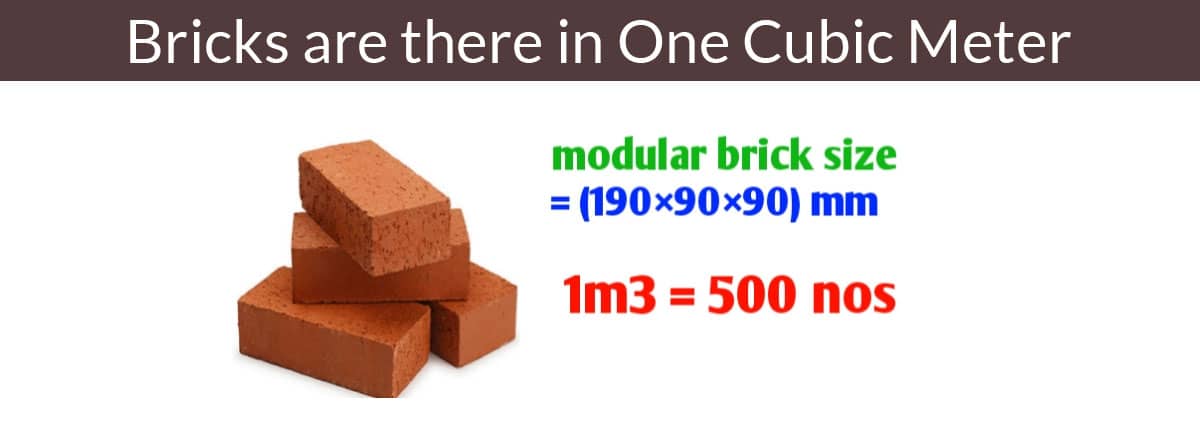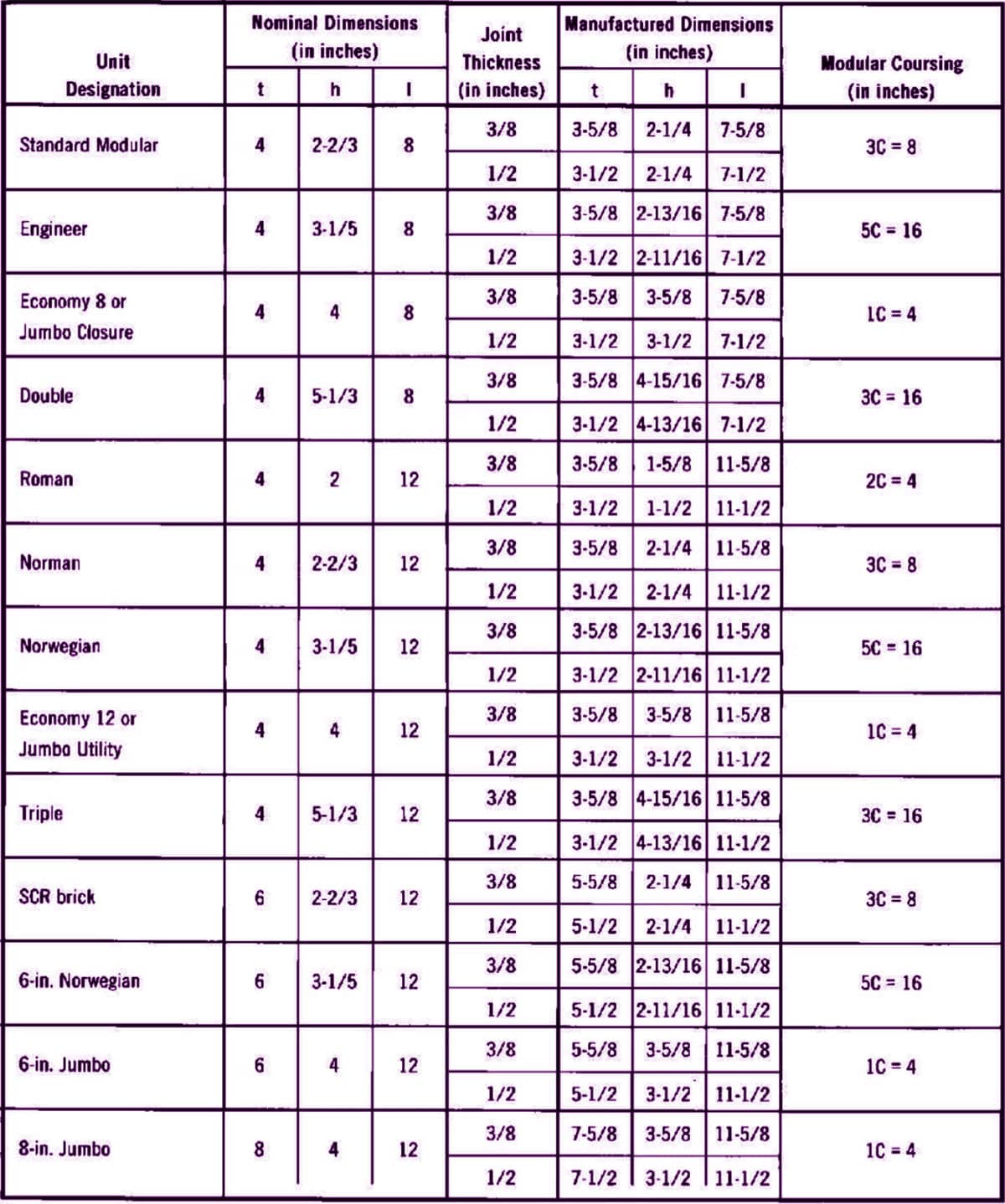BRICKS ARE THERE IN ONE CUBIC METER

Brick is a solid masonry unit made of clay or shale and formed into a rectangular prism while soft, then burned or fired in an oven. There is a wide and ever-changing variety of bricks available to the industry.
Usually there are 500 bricks used in 1 m3. For this we know the standard size of a brick is 19" x 9" x 9" and with mortar, it becomes 20" x 10" x 10'. So first we have to find the volume of brick and then the volume of 1 m3 area.
TYPES OF BRICKS:
- Face brick is used where appearance is important (e.g., veneer walls). Its manufacture is closely controlled so that colour, size, hardness, strength, and texture are uniform.
- Common brick is used in applications where performance is more important than appearance (e.g., below-grade masonry, as a backup for face brick, or in manholes) fired with a ceramic or other type of glazing material on the exposed surfaces. It is typically used in applications where durability and cleanliness are essential (e.g., restrooms, kitchens, and hospitals).
- Firebrick is used in areas of high temperatures, such as furnaces and fireplaces
- Brick pavers are used as a wearing surface for floors, walks, and patios. Pavers are typically hard and durable, with a high resistance to damage from both freeze-thaw cycles and the corrosive salts used to melt snow.
- SCR brick is a patented type of brick developed by the Structural Clay Products Institute (SCR). SCR brick has a nominal width of 6" in contrast to the nominal 4" associated with modular brick.
Most bricks are modular in design, and either the width, length, or coursing height a multiple of 4". Brick sizes are designated as nominal, versus actual size. The difference between the actual and the nominal is made up by the thickness of the mortar joint.
Figure below provides the nominal and actual sizes, as well as the modular coursing of various modular brick in use today.

